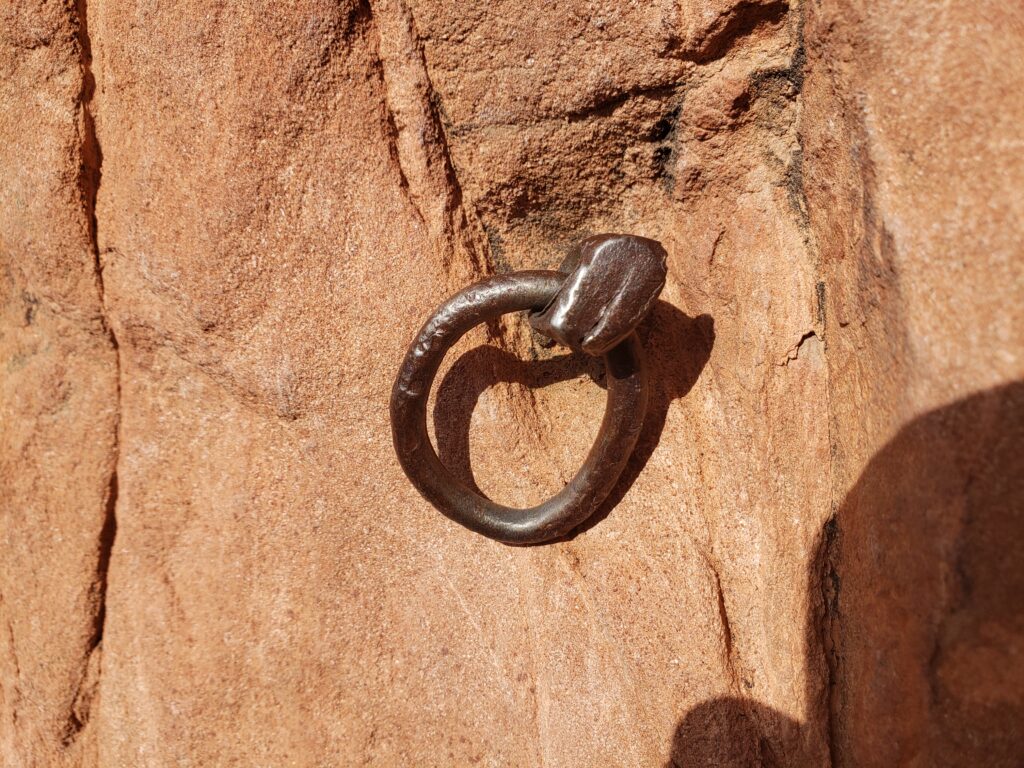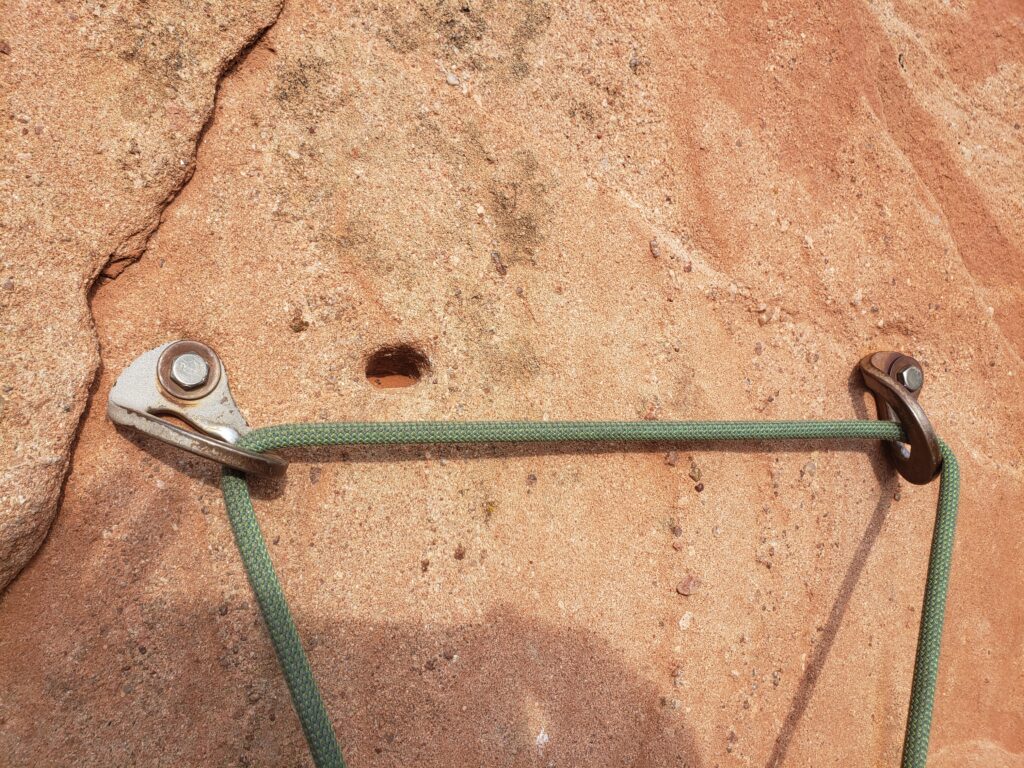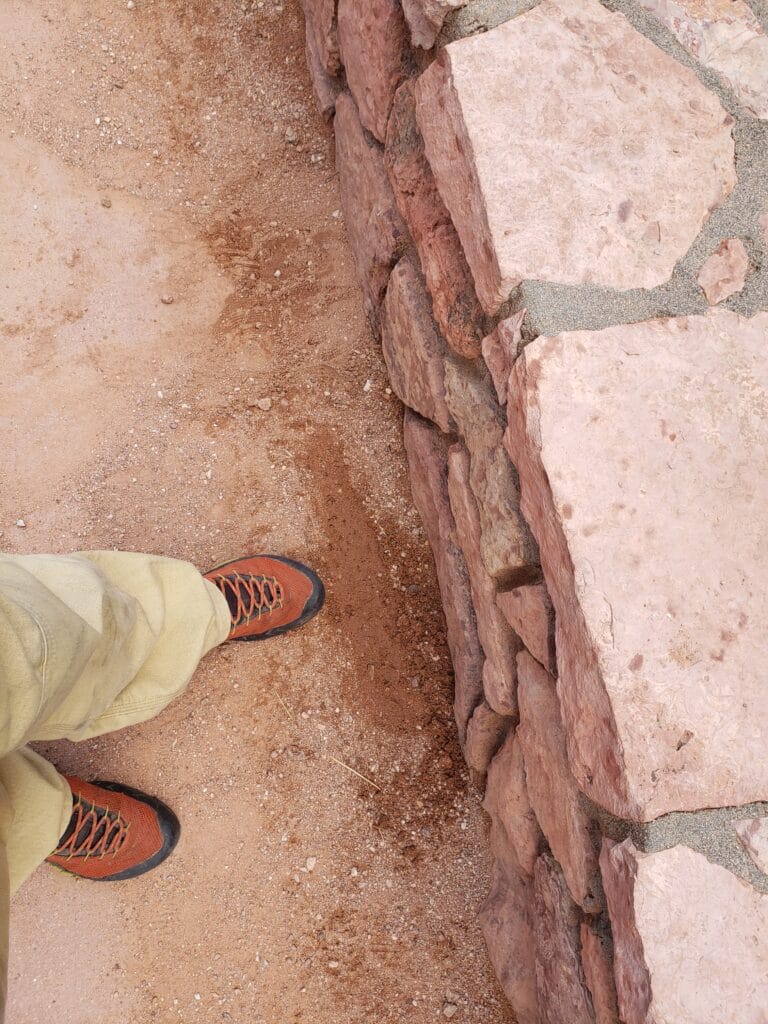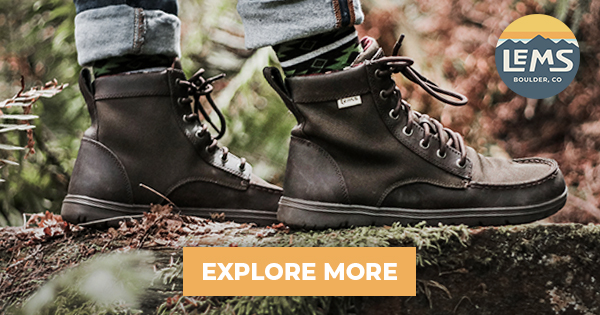With technical climbing as early as the beginning of the 1900’s Garden of the Gods is one of the oldest climbing areas in the United States. The soft sandstone has some unique characteristics and to protect the area there are some things to know for new and experienced climbers. By paying attention to these things we can help protect this special area and ensure safer climbing continues for a long time.
Register to Climb at Garden of the Gods Online
First things first. Every climber must register with the Colorado Springs Parks and Recreation department before climbing in any Colorado Springs park. This applies to Garden of the Gods as well as North Cheyenne Canyon and Red Rock Canyon. It’s free and online here. This allows the park to allocate resources by understanding how many people are climbing in the parks. It also helps discourage those without the know-how or skills from attempting to go in areas of the park in which they are likely to get injured and need a rescue. Besides if a ranger catches you without a permit they can issue a $500 fine!
It Ain’t Really Sport Climbing
While there are many climbs protected by bolts in the park it is not typical of what you’d normally find in many sport climbing areas around the United States. Adventure sport climbing would be a better description. Protection is often sparse with some of the first bolts being 20-40 feet off the ground, making a stick clip helpful but not always sufficient. Climbers really need to know your abilities when climbing here.

Climbers new to the area should climb well within their ability until they are more used to the area. While climbing is a sport that values boldness it’s also about having fun and a fall to the ground from as little as 10 ft. can result in life altering injuries. Hospital stays and head injuries are not a fun way to spend the day so it’s worth taking it easy.
Protection also varies. There are still a variety of quarter inch bolts and drilled pitons throughout the park. Certain climbs like Potholes, Blue Sky, and Alligator Soup have good size bolts or glue ins and are reasonably well protected. Checkout the comments on places like www.mountainproject.com to get some updates on what’s going on with hardware.
While more casual sport climbing areas like Shelf Road and Clear Creek often feature gated hooks or shuts to lower off, Garden of the Gods is mostly chains or quick links and their locations generally encourage rappelling. If you aren’t familiar with how rappelling works, want to learn some smart ways to back yourself up, or just need someone more familiar with the area to show you where all the good climbs are then consider hiring one of our certified guides to show you how.

Additionally there are a few pretty high quality traditional climbs like Bob’s Buttress Crack and Cowboy Boot Crack. If you’re just getting started and toproping is more your game then check out the south end of Grey Rock known as Kindergarten Rock where you can scramble up the ramp on the right to use the bolted anchors.
Familiarize Yourself with Closures and Rules
Because we share the park with the natural residents such as Peregrine Falcons, Brown Bats, and Great Horned Owls, the park closes off certain areas of the park during certain times of year. Often this information is on www.mountainproject.com. Closures includes the north end of North Gateway (basically from Annaconda on the west side to Parking Lot Corners on the east side). It also includes The area between Keyhole Rock and the west face of Grey Rock and typically the north side of the east face of Grey Rock (around Big Sky and Sand in the Vaseline). Except for the permanent closure between Keyhole and Grey Rock the Peregrine Falcon closures usually run from April through June, sometimes longer. There are also signs at the base of some of these areas.
There is another park rule unique to Garden of the Gods, no chalk. While in the past some colored chalks were allowed the park changed the rules and no form of chalk is allowed at the time of this writing. Don’t despair because thanks to the dry air in Colorado and the high friction you can still climb pretty hard without chalk. A lot of locals will also just rub a little local sand in their hands or wipe their hand on their pants to dry them off a little.
Climb Somewhere Else After Precipitation
Because of the soft nature of the sandstone in Garden of the Gods, as well as Red Rock Canyon, it is very important to climb in different locations after any significant precipitation because the rock becomes a lot weaker when wet. So what is significant precipitation? If there’s mud on your feet it’s time to retreat. If your clothes got wet then that was enough. As an organization The Colorado Climbing Company has decided to just reschedule or move trips for at least 24 hours after any significant precipitation. If there is snow, cloudy weather, or persistent rain for several days this can be as long as 2 or 3 days before things dry out. Conversely, things like high winds, high temperatures and sun aspect can help dry things out quicker if there was just a short rainstorm frequent in the afternoons.

For people coming from out of town this can be tough if you didn’t see the weather yesterday. So the best ways to check usually require we look below the surface. If the surface of the rocks or ground in the park is wet then that should be a huge red flag and you should just keep driving. Go check out Cheyenne Canyon, Shelf Road, or even one of the great gyms in town. If that’s not the case and you’re still not sure then one thing to do is scratch around a little at the dirt in the parking lot, you can usually see the color change to a much deeper red as you scrape off the surface with your foot and the soil becomes more clumpy since the moisture holds it together. This would be another red flag. From there I usually go to the base of the climbs, particularly shady or north facing ones. If you still see a little moisture just under the surface on the ground at the base of climbs it’s still too wet to climb. Finally I’ll look for spots on the wall that collect sand, if that sand is moist then I know it’s still too wet to climb. If you don’t see any of those things then you can be fairly confident. If you’re still not entirely sure it’s worth starting on some climbs in the sun that will be the first to dry.
One thing to avoid is to look at other climbers. Similar to avalanche accidents just because someone else is doing it doesn’t mean it’s a smart choice it just means they survived or got lucky. Even “guides” of ill repute have been known to get on the rock too soon after a rainstorm. Often people just don’t know why it matters which is pretty simple to explain. First we want to avoid getting hurt or hurting the people we climb with. The soft sandstone gets softer when it’s wet and holds have broken off causing people to fall or get hit with rocks. Second, we don’t want to damage the climbing routes. There are a lot of fun climbs in The Garden and if people pull holds off by climbing when it’s wet on the rock those climbs will get harder and harder as more damage occurs. I’ve been guiding in Colorado Springs for over a decade and several climbs such as Credibility Gap, Potholes, Finger Traverse, and Silver Spoon have all increased slightly in difficulty in that time. In each instance people were climbing too soon after precipitation.
If You Don’t Know Don’t Go
Plenty of inexperienced, and experienced climbers have been hurt in Garden of the Gods. Climbing is inherently risky and that means there are things we cannot control that could hurt you. Particularly in Garden of the Gods where it may be difficult to identify the good quality routes with good quality protection.
If in doubt you can always hire one of the guides from The Colorado Climbing Company. With the only certified guides currently available in the park it’s a great investment in learning safe climbing habits from a professional whose only goal is to make sure you have a safe experience and walk away a more competent, capable climber.
Learn more in this introduction to Garden of the Gods beginner and advanced rock climbing routes.




